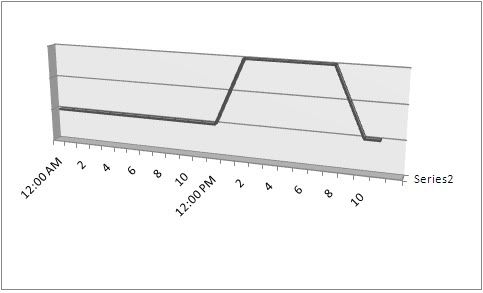spanko
Active Member
Not gonna pretend I understand completely the physiology regarding zooxanthellae and the above subjects. However I would like to start a discussion about it to see what the populace here knows.
Photosaturation is the point where the zooxanthellae in this case, the photosynthetic organism in coral, has its photosynthesis cranking as hard as it can. No matter how much more light you pour to it at this point it will not work faster. We know that the photosynthesis is part of the symbiotic relationship between the coral and the algae and that it provides "food" to the coral which the coral uses and the by product is some food back to to the algae. That can be another discussion but let's leave it at that basic idea.
So if the algae is photosaturated then we can assume that it is growing a maximum potential and providing food to the coral at its maximum potential. A good thing for us reefers as our coral is growing fast.
Tomorrow, because it is 11:00 pm here in Michigan and I am tired, we can talk some about how fast does this photosaturation happen, what is required, and what it means in how long we can run our lights.
Anyone with more info on this or any correction to what I understand about it please jump in. Everyone else, jump in too just because!!!!
Photosaturation is the point where the zooxanthellae in this case, the photosynthetic organism in coral, has its photosynthesis cranking as hard as it can. No matter how much more light you pour to it at this point it will not work faster. We know that the photosynthesis is part of the symbiotic relationship between the coral and the algae and that it provides "food" to the coral which the coral uses and the by product is some food back to to the algae. That can be another discussion but let's leave it at that basic idea.
So if the algae is photosaturated then we can assume that it is growing a maximum potential and providing food to the coral at its maximum potential. A good thing for us reefers as our coral is growing fast.
Tomorrow, because it is 11:00 pm here in Michigan and I am tired, we can talk some about how fast does this photosaturation happen, what is required, and what it means in how long we can run our lights.
Anyone with more info on this or any correction to what I understand about it please jump in. Everyone else, jump in too just because!!!!






